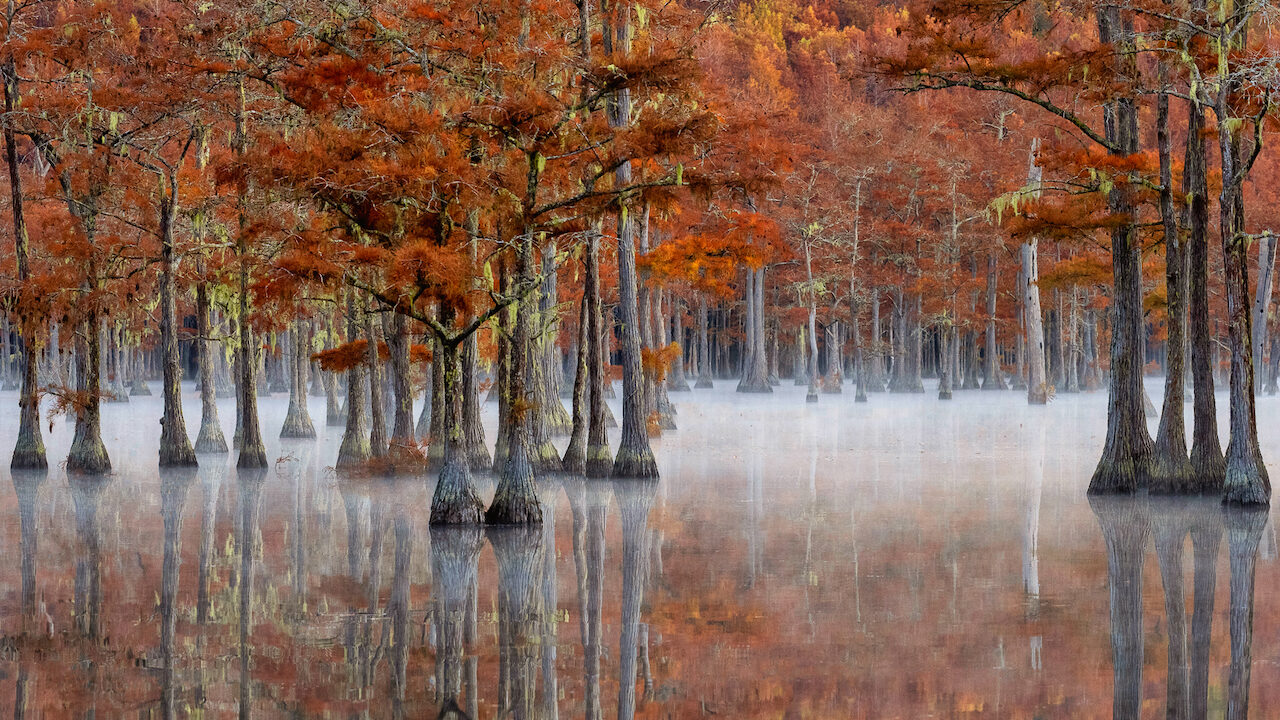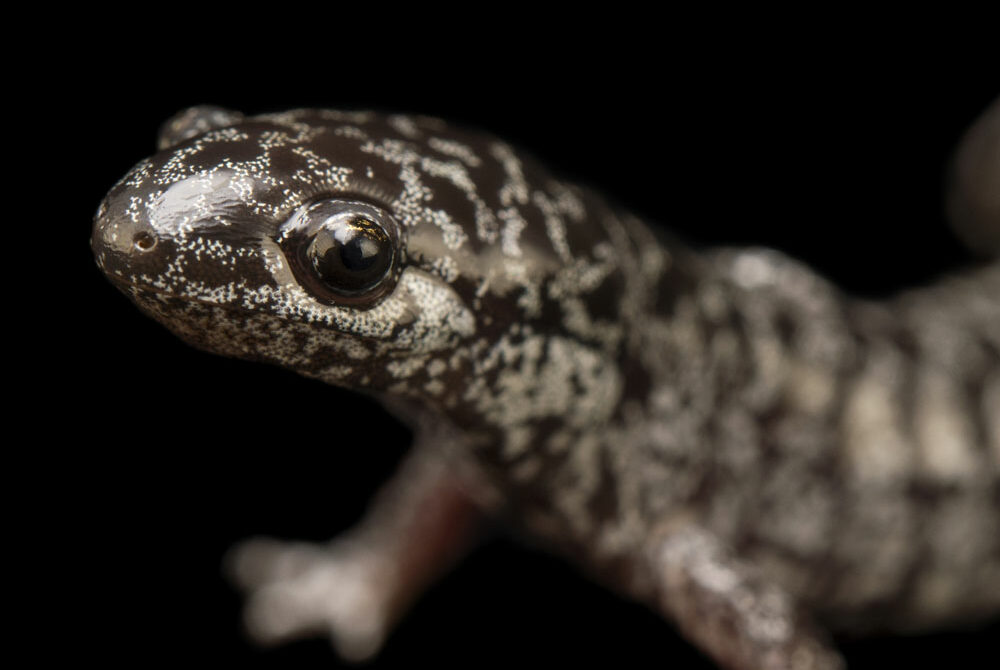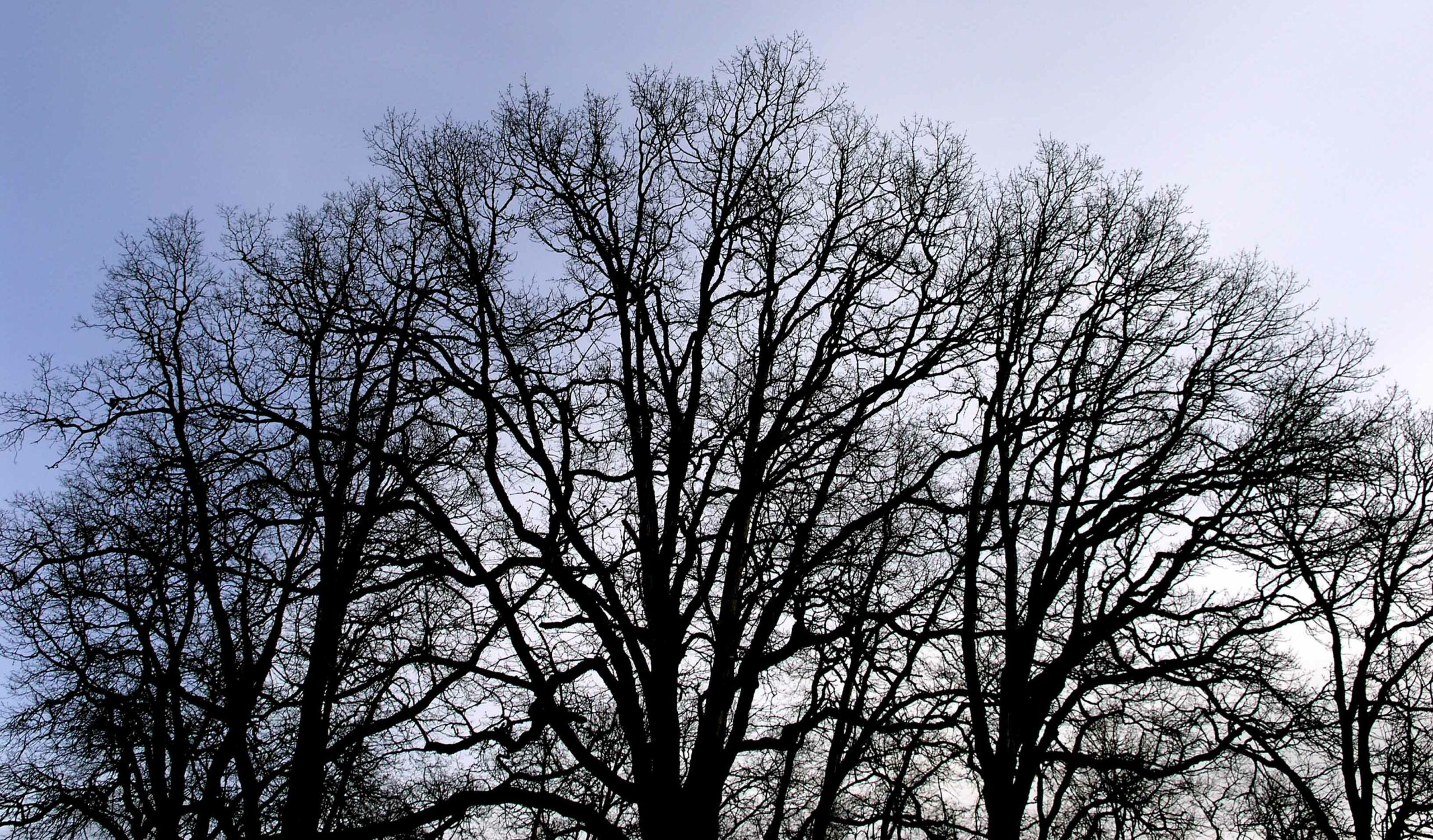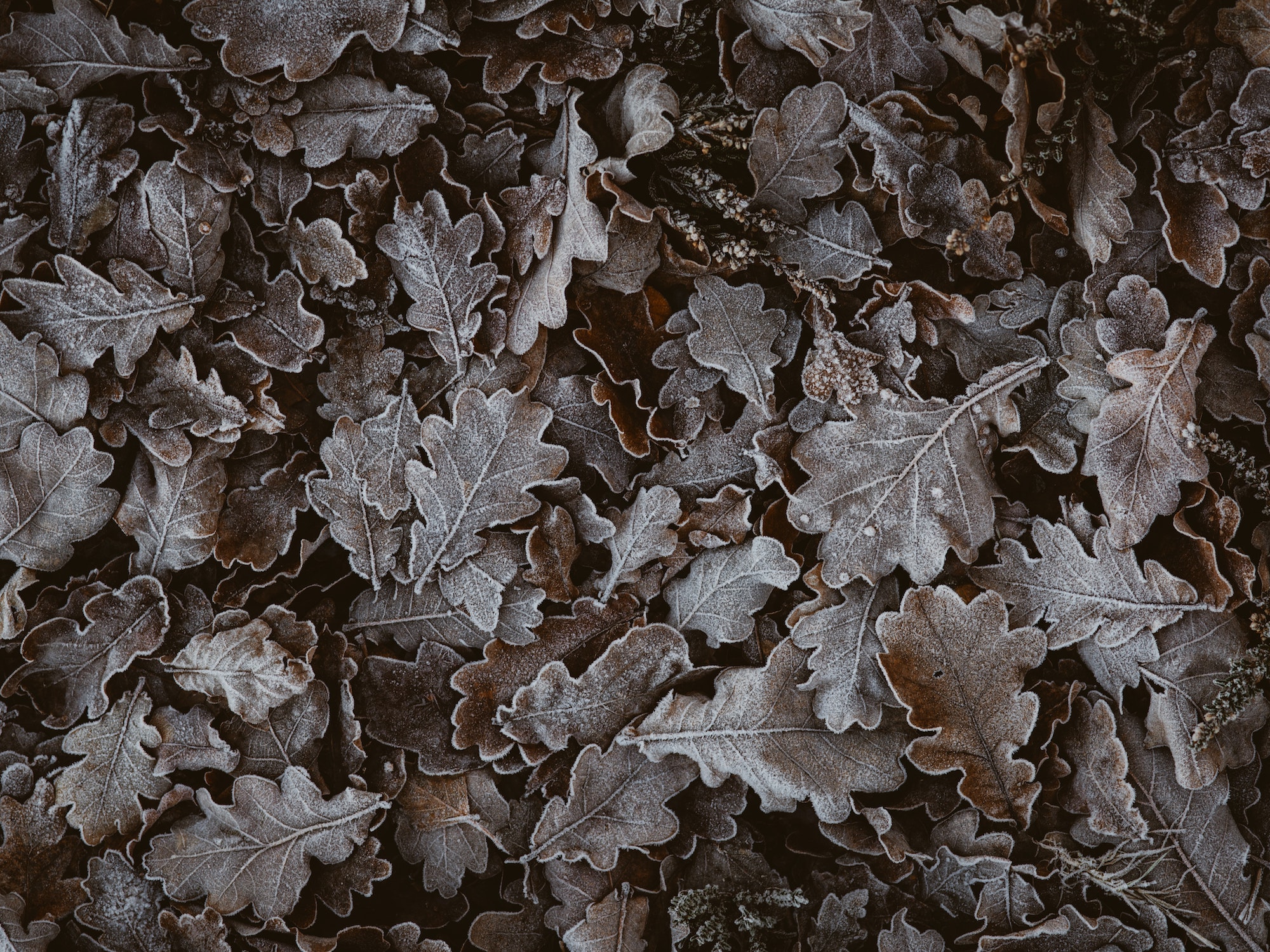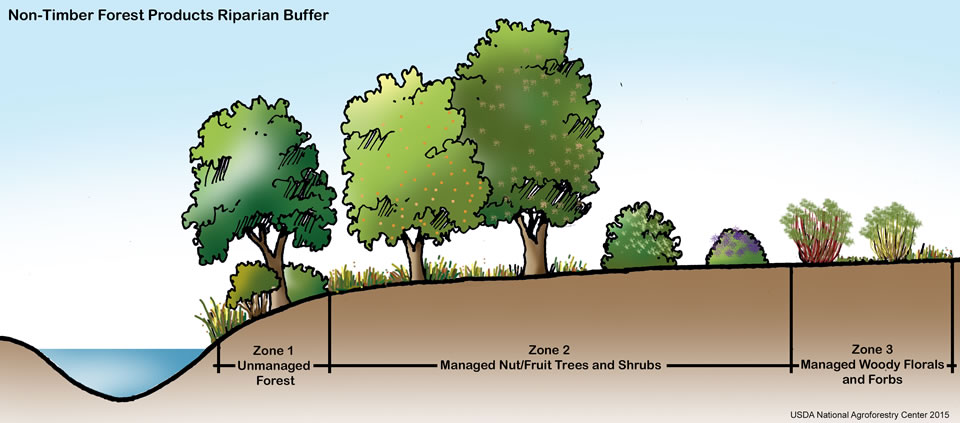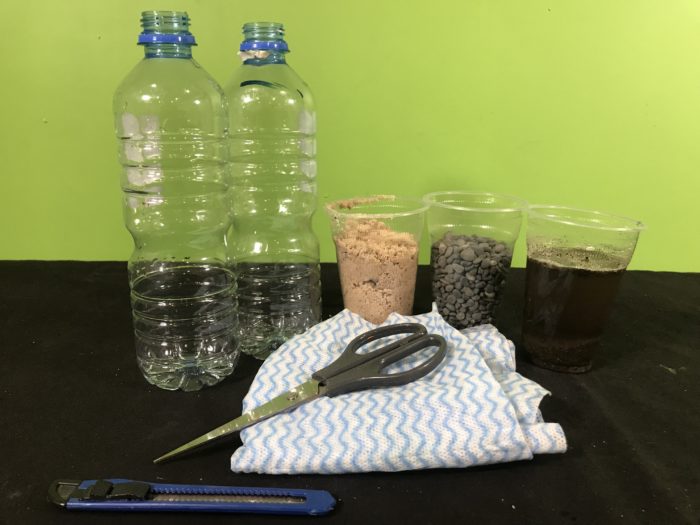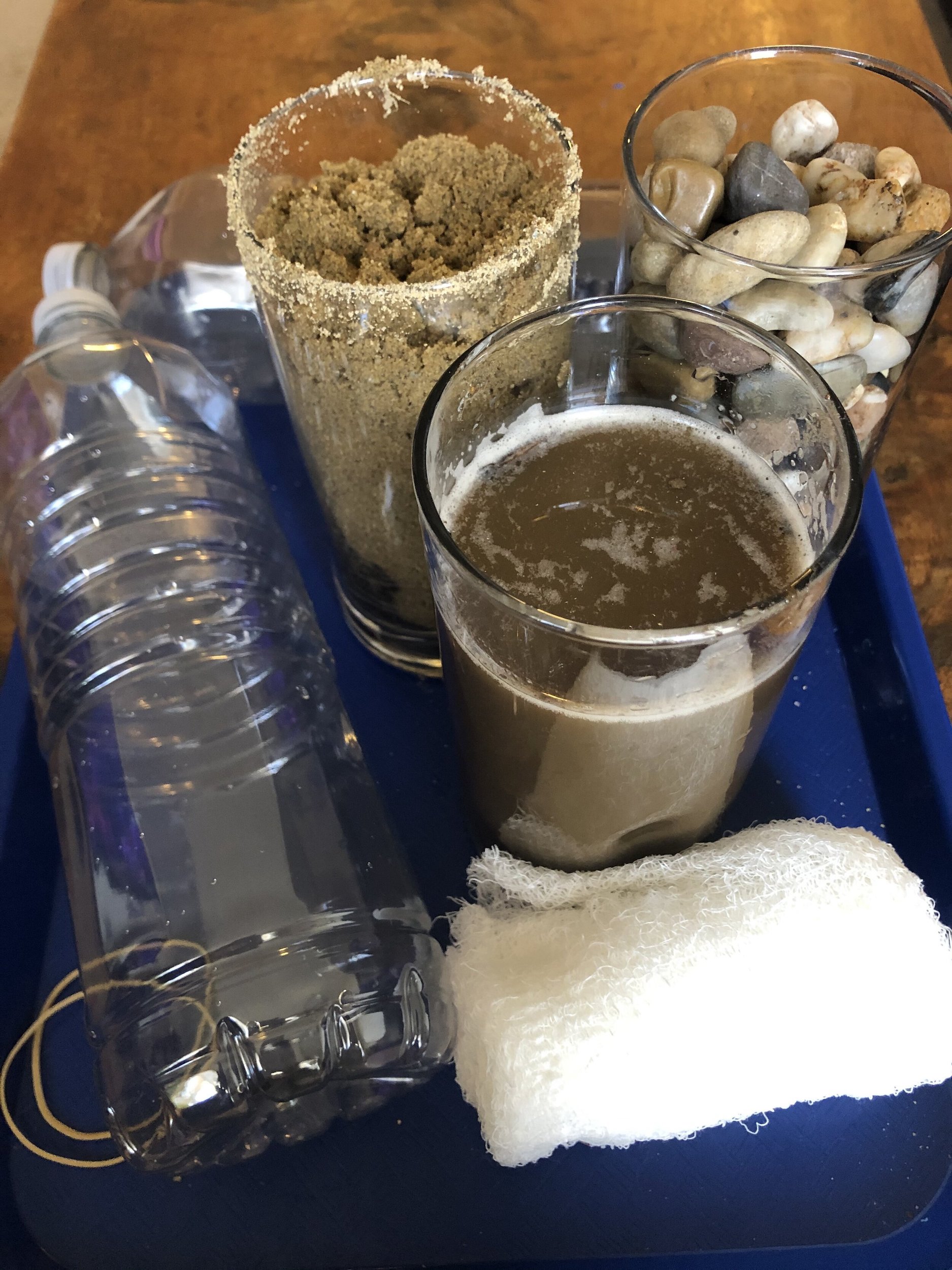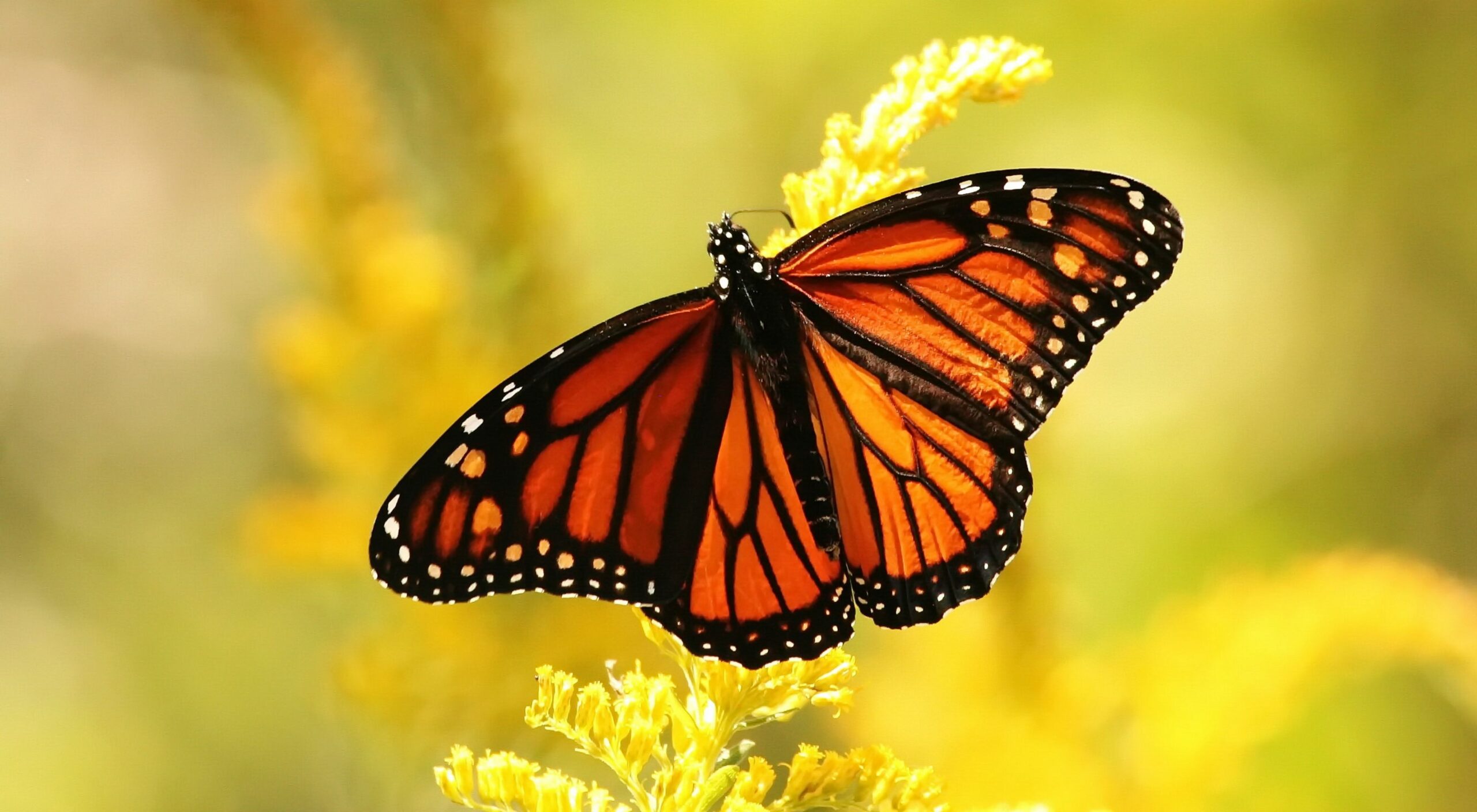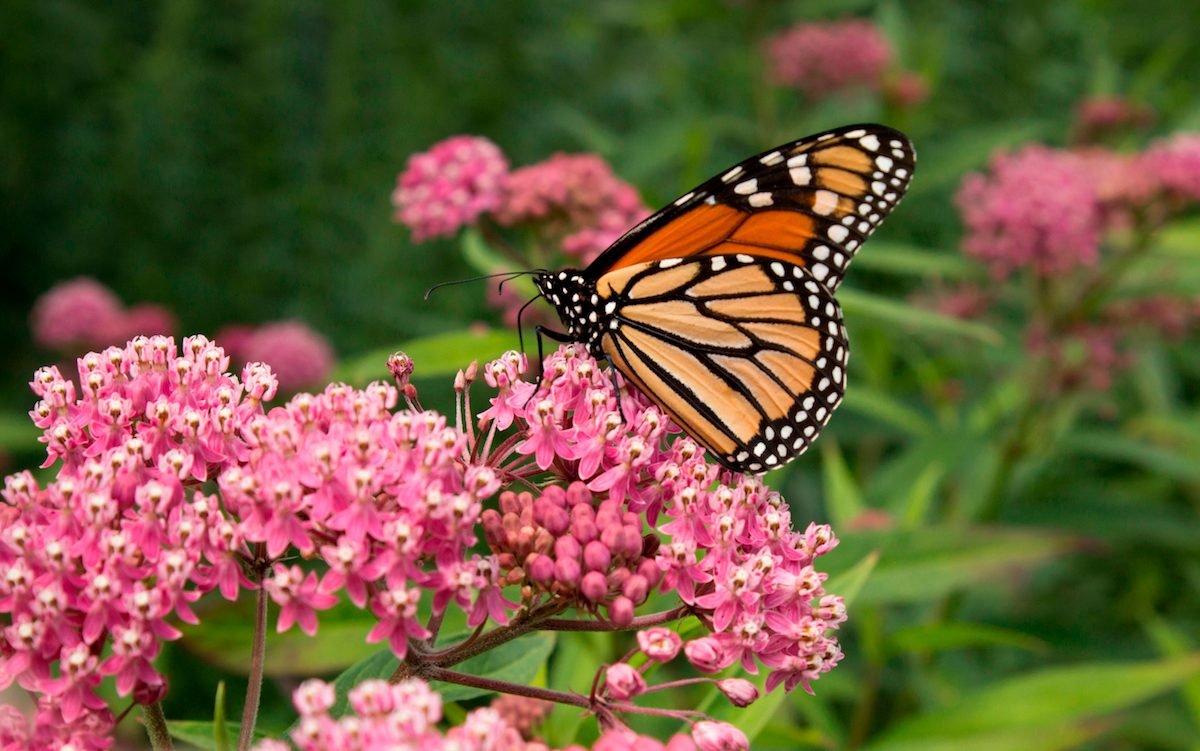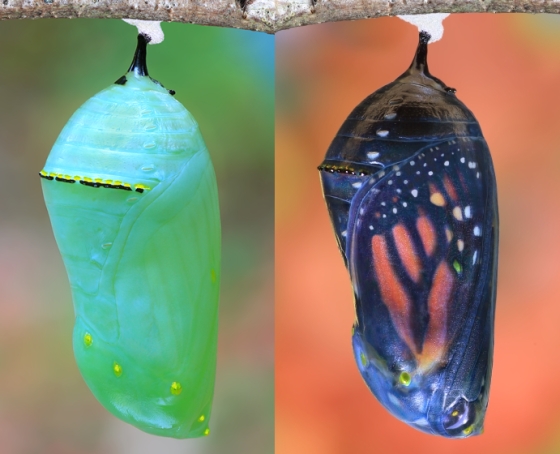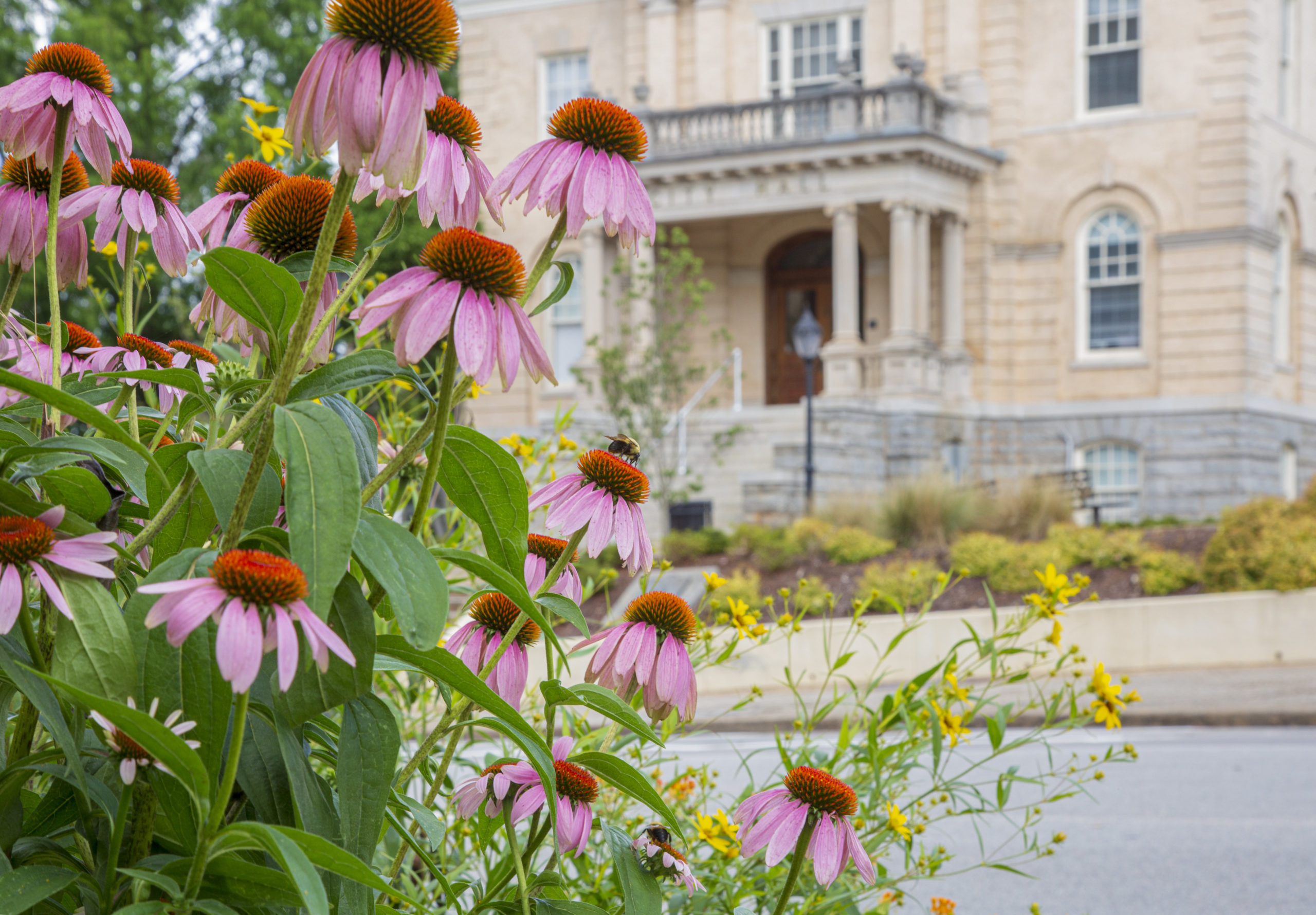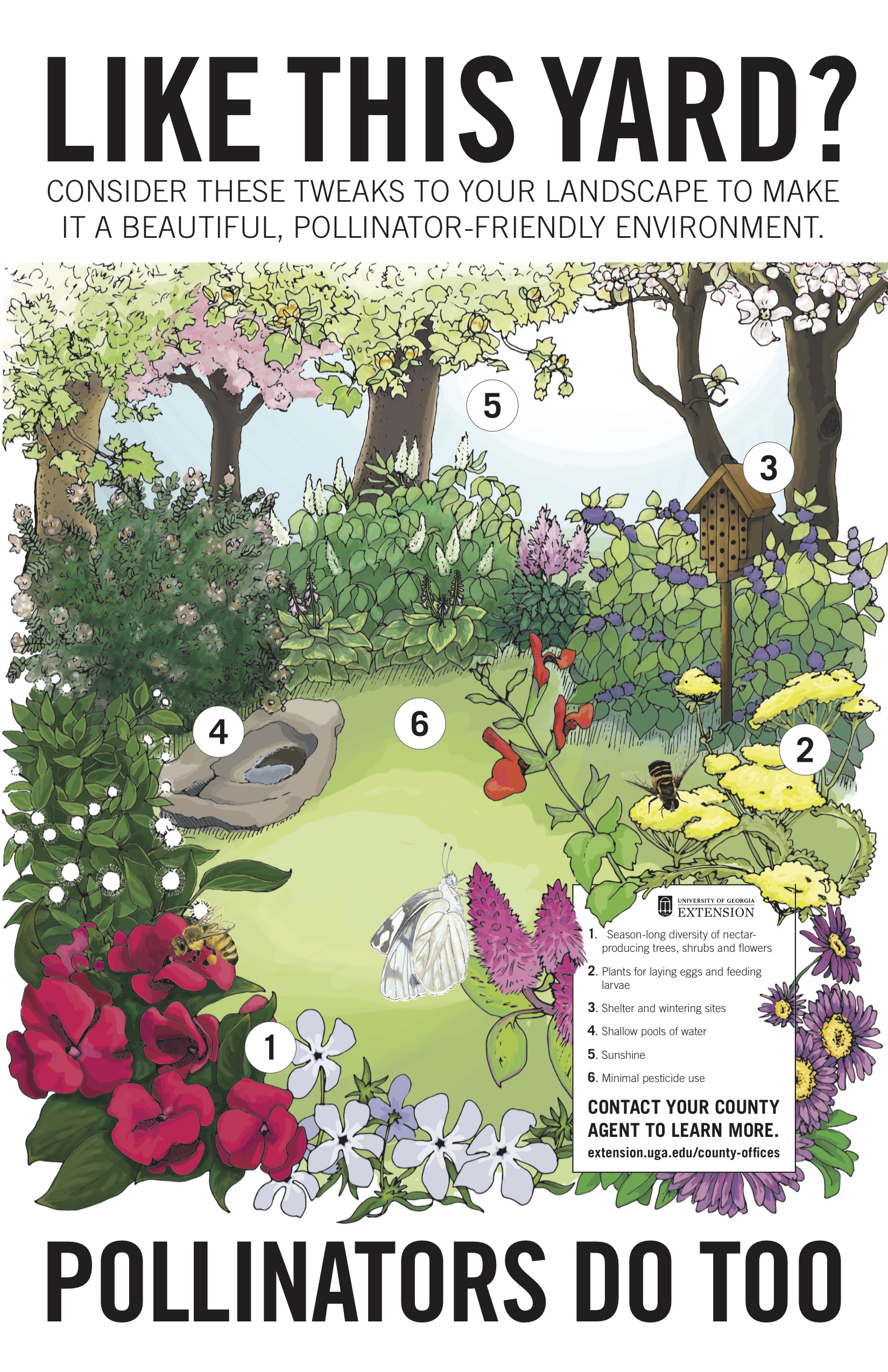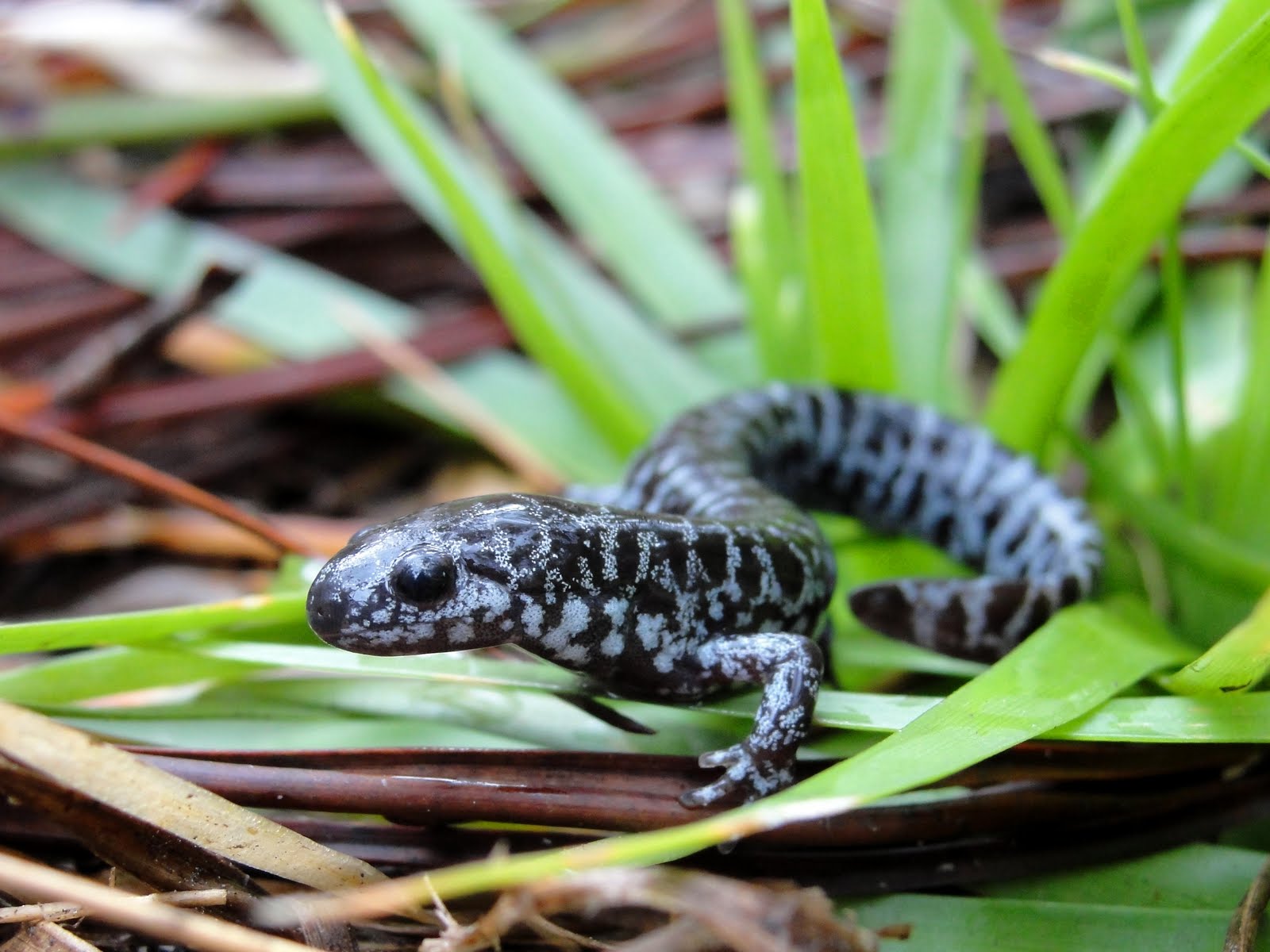
Fort Stewart Army Base is home to the only remaining documented colony of frosted flatwoods salamanders in Georgia; The only other two groupings of the black-bodied amphibians with mottled bands of silvery white anywhere else on Earth are in Florida, although they once inhabited thousands of wetlands along the East Coast and the Gulf of Mexico. (gpb.org, March 6, 2021)
Research everything you can find on the frosted flatwoods salamander (Ambystoma cingulatum). What does it look like? Use specific adjectives to describe it so that you can identify it if you’re lucky enough to see it in the wild.
What kind of habitat does it need? Does it live near you? What does it eat? What are its life stages?
Vocabulary: Define these terms while doing your research:
- Amphibian
- Reptile
- Cutaneous Respiration
- Ectothermic
- Endangered Status
- Threatened Status
- Deforestation
Once you have enough information, go into your backyard or neighborhood and see if the conditions are right for the frosted flatwoods salamander.
This species is unique in Georgia to the Ogeechee River basin and listed as federally threatened conservation status. Why is it threatened? What can we do to protect it?
Submit your ideas and ORK will share with the biologists at Fort Stewart.
Activity is open to all ages and meets the needs or can be combined with other activities for the following Georgia Standards of Excellence: Science
- S3L1. Obtain, evaluate, and communicate information about the similarities and differences between plants, animals, and habitats found within geographic regions (Blue Ridge Mountains, Piedmont, Coastal Plains, Valley and Ridge, and Appalachian Plateau) of Georgia.
- S3L2. Obtain, evaluate, and communicate information about the effects of pollution (air, land, and water) and humans on the environment.
- S4L1. Obtain, evaluate, and communicate information about the roles of organisms and the flow of energy within an ecosystem.
- S4E3. Obtain, evaluate, and communicate information to demonstrate the water cycle.
- S5L1. Obtain, evaluate, and communicate information to group organisms using scientific classification procedures.
- S6E3. Obtain, evaluate, and communicate information to recognize the significant role of water in Earth processes.
- S7L4. Obtain, evaluate, and communicate information to examine the interdependence of organisms with one another and their environments.
